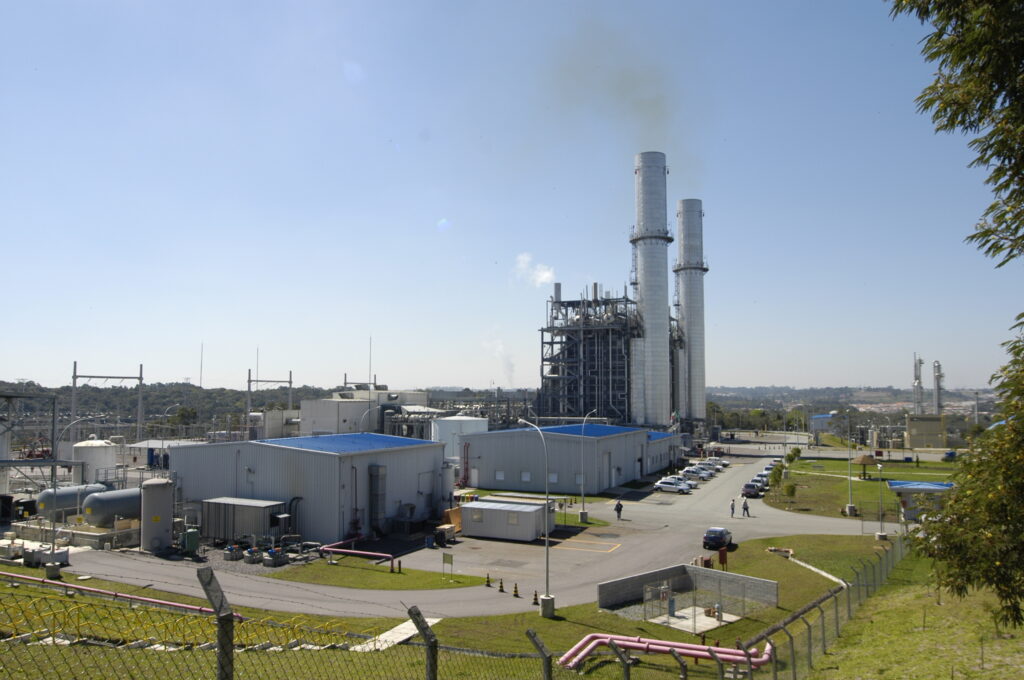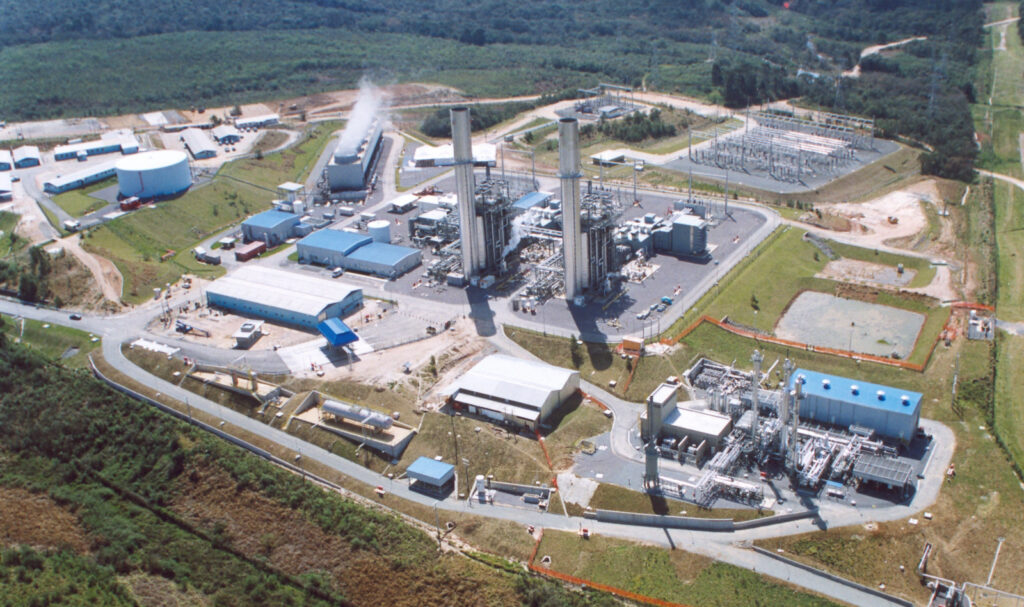Emission and Performance Management
Copel Emission Management is performed by means of GGE inventory monitoring, report and third-party check, as per methodology of ABNT NBR ISO 14064-4 – Greenhouse Gas, part 3.
Result disclosure of such monitoring is performed by means of Integrated Report and the performance follow-up is executed by Copel participation in corporate sustainability index platforms, as well as the disclosure, which enables performance comparison with other market companies, national or international.
The Company performance is based on Greenhouse Gas Emission (GGE) decrease, with pre-established terms, in compliance with Global Compact principles and Sustainable Development Goal – SDG 13 (Action to Fight Climate Change), of 2030 Agenda.


GHG Emission Management
Over the last few years, climate change impact discussion relevance in the society has grown. As one of the causes to worsen this change incurs from Greenhouse Gas Emission (GGE), public and corporate policies are based on such emission control, and thus, the management covers from emission accounting to action plan performance that aim at its decrease.
In compliance with the company mission, view and values, the Company approved, in 2016, the Climate Change Policy, which sets forth guidelines for greenhouse gas emission decrease and perform planning that is capable of facing climate change effects in its business. To reach the emission decrease goal, Copel has invested in its process management, since GGE inventory development (monitoring emissions) to its goal monitoring.
Copel performs greenhouse gas inventory yearly, since 2009. The inventory is checked by third party and includes three scopes.
In scope 1, our emissions are concentrated in sources: stationary combustion, rotary combustion, fugitive emissions and soil use change.
In scope 2, our emissions originate from internal power consumption and transmission and distribution losses.
In scope 3, our emissions are divided into: waste, travels, employee commuting, consumerism goods and capital and investment assets.
Emissions are monitored by source and also by subsidiary, and the publication is performed in the integrated report, in GHG Protocol Brazilian program and in Paraná State public records.
For example, in 2022, the carbon emission intensity of the generation businesses operated by Copel is 1.51 tCO2e/GWh.
Due to this wide scenario, Copel has commitments and goals that aim at decreasing internal emissions, adding value chain and also offering low emission services. The goals were approved in 2019 by the Board of Directors, and they were followed by the Climate Change Committed and they should be achieved by 2022.
| Emissions (ton CO₂) | 2018 | 2019 | 2020 | 2021 | 2022 |
| Scope 1 | 126,356.20 | 13,780.15 | 33,534.45 | 15,377.68 | 50,834.44 |
| Scope 2 (location-based method) | 259,946.03 | 231,903.38 | 174,382.95 | 451,356.92 | 163,700.83 |
| Scope 2 (market-based method) | —- | —- | —- | —- | 162,594.90 |
| Scope 3 | 2,088.91 | 19,140.58 | 13,956.82 | 17,667.85 | 28,816.86 |
Copel GHG Inventory
Mitigation and Investment
Copel, in compliance with Paris Agreement Principles, approved its Carbon Neutrality Plan as emission and offset decrease strategy. What is more, it has goals and commitments that aimed at improving the Company performance concerning greenhouse gas emissions and it has an eco-efficiency committee that intends to improve natural resource use and that also enables emission decrease, and a Climate Change subcommittee to assess financial impacts incurring from climate changes.
Concerning customers and society, the Company is expanding renewable source energy matrix and with low carbon emission that enable expanding access to a cleaner power in terms of carbon, to consumers.
Climate Change - Indicators and Targets
Copel carries out, on an annual basis, a greenhouse gas inventory, which serves as a subsidy for the management of emissions, identifying the evolution of performance by emission source and by business, which allows the relationship with operational and financial parameters and the proposition of mitigation measures for the effects of climate change.
Indicators
Copel’s main indicators related to climate change are:
• GHG Emissions (absolute quantity and relative quantity);
• Technical losses of energy distribution; and
• Eco-efficiency (absolute quantity and relative quantity).
Goals
| Goal | 2019 | 2020 | 2021 | 2022 |
| Reduce by 2% emissions from the COPEL fleet | Reached | Reached | Reached | Reached |
| Reduce by 5% COPEL’s energy consumption | Reached | Reached | Reached | Reached |
| Reduction in 4% of direct emissions as a function of energy generated for Copel Generation and Transmission | Reached | Reached | Reached | Reached |
| Reduction in 5% of direct emissions as a function of energy demand for Copel Distribuição | Reached | Reached | Reached | Reached |
| Reduce by 0.1% the technical loss index in energy distribution for Copel Distribution | Reached | Reached | Finished | Finished |
| Reduce by 1% the energy consumption per employee at COPEL | Not reached | Reached | Reached | Not reached |




